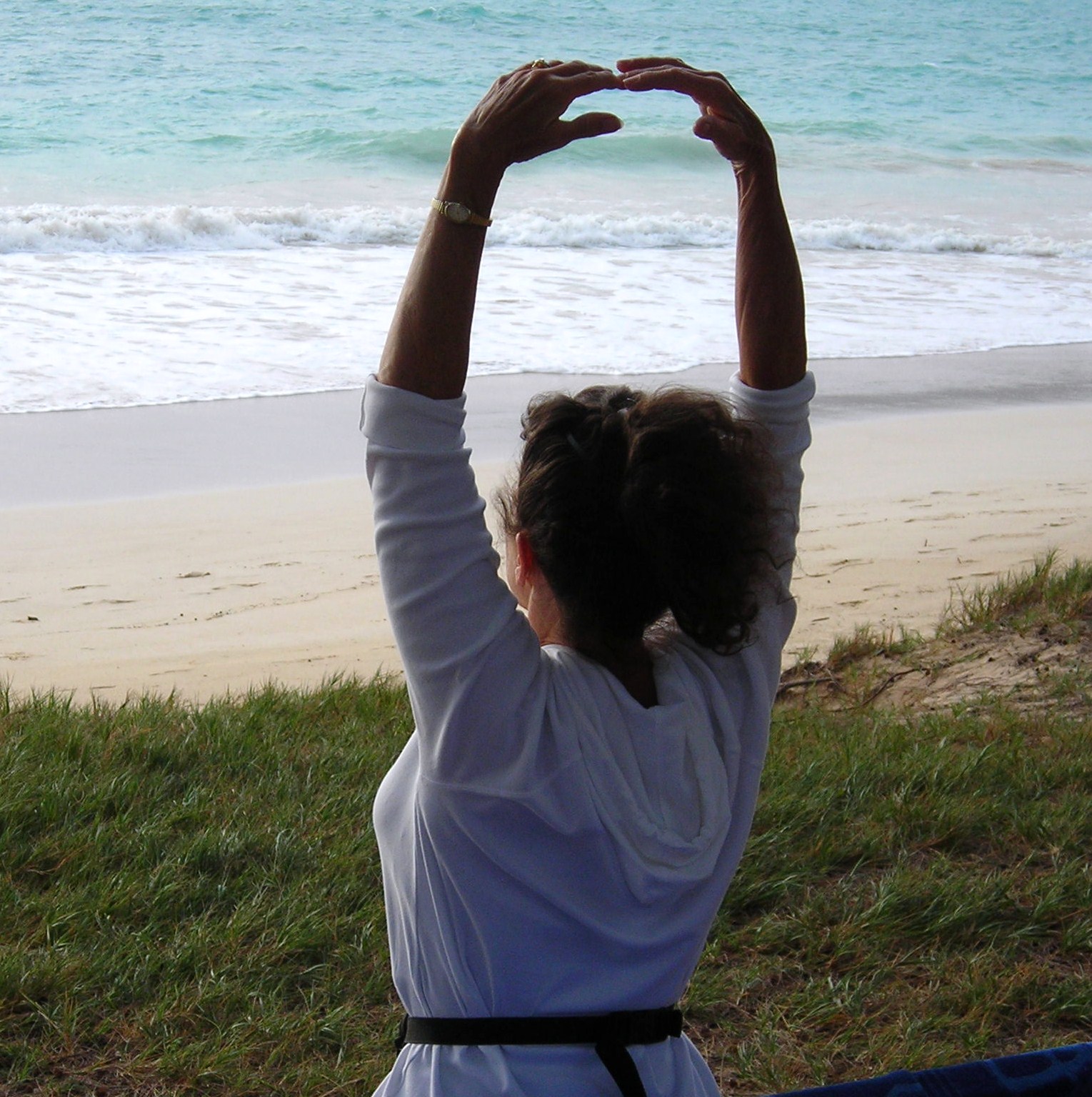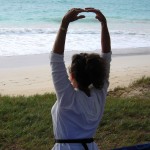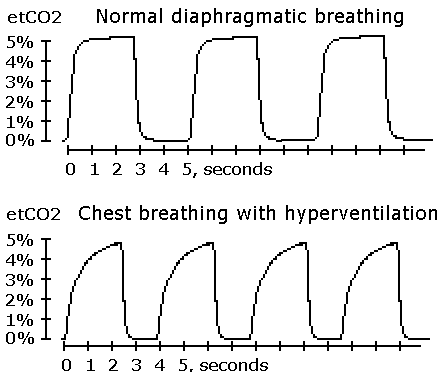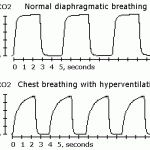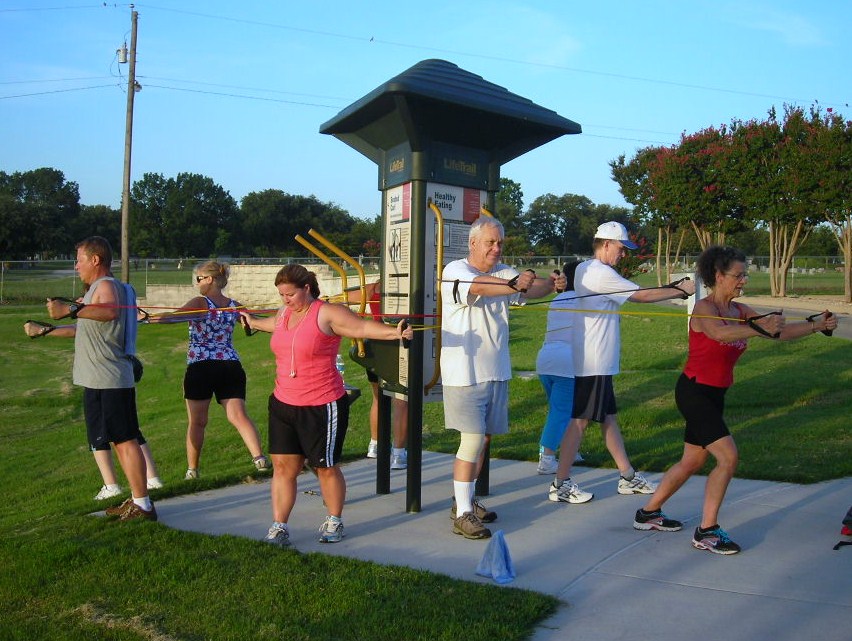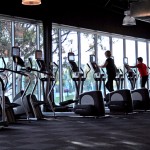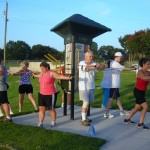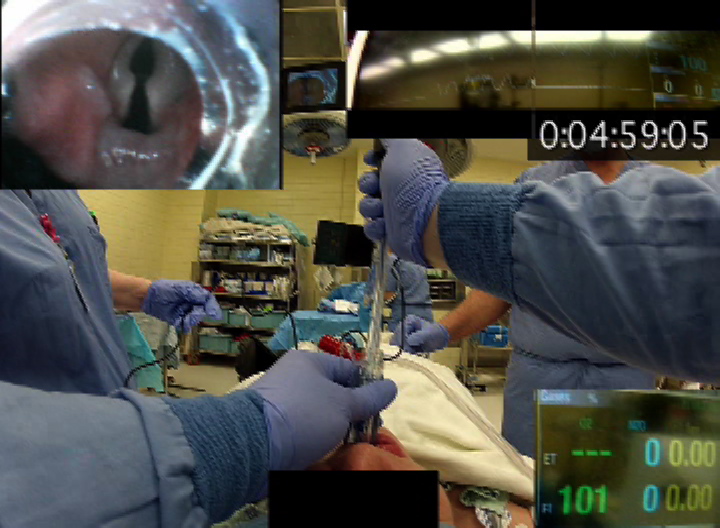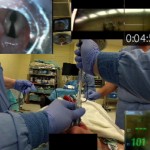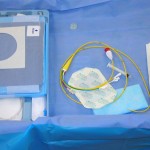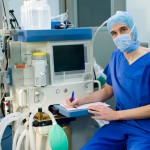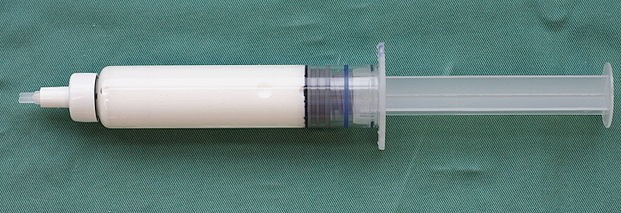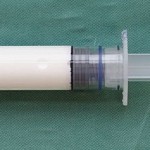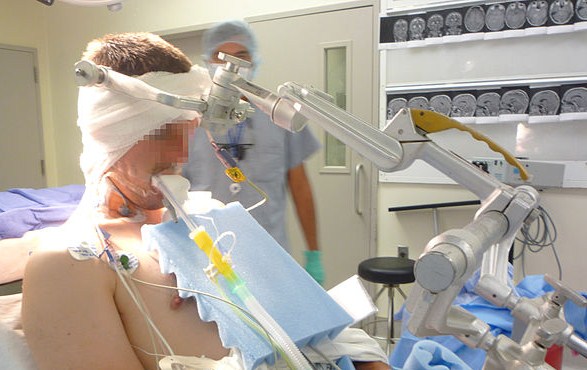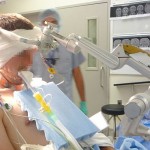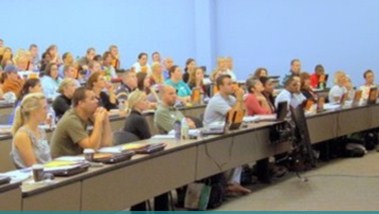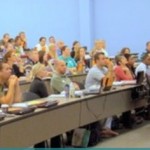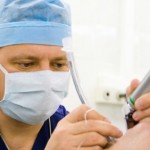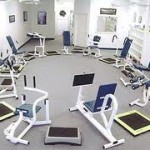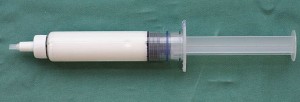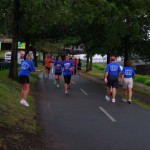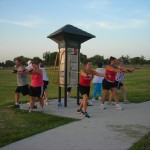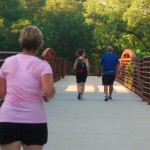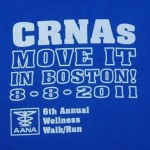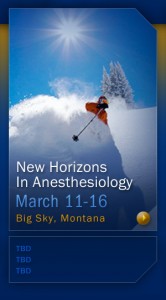As Anesthetists, delivering quality anesthesia care is foudational to our work. As Chief CRNAs, we must ensure that developing and delivering value also includes delivering value to our Hospitals / organizations as well as our patients. The following information was Posted by William Hass, MD, MBA in Anesthesiareviews. Read the work below or click here to go to the original posting by Dr. Hass.
 Developing and delivering value is part of business strategy. This concept can be used for an entire organization or any of its parts or functions. Usually the focus of the value proposition is externally toward customers, but a locally owned and operated anesthesia service cannot provide external value unless its support functions are providing internal value to the group.
Developing and delivering value is part of business strategy. This concept can be used for an entire organization or any of its parts or functions. Usually the focus of the value proposition is externally toward customers, but a locally owned and operated anesthesia service cannot provide external value unless its support functions are providing internal value to the group.
Support services for a community anesthesia services can be incestuous. In-laws, family friends, and childhood acquaintances may be providing some or all of its support services including billing, benefits, accounting, and legal services. These inbred services are quite variable in cost and quality ranging from well-priced high quality services to high priced poorly functioning pseudo-payoffs. The value proposition of a group’s support service becomes important when there is subsidy request.
Why should a facility pay for your poor management?
Can you produce superior clinical services without adequate support?
This is where anesthesia management companies (“AMCs”) and physician practice management companies (“PPMCs”) have an advantage because they’re supposed to have a well-oiled administrative “engine.” Some do and some do not.
Their management may be centralized, but can provide excellent on-site management?
Can they get the “little things” and the not so “little things” right at a distant site?
Do they understand the culture of the facility from somewhere over the horizon?
Some PPMCs never really get anesthesia billing right because their experience is in other specialties. (Believe it or not, PPMC anesthesia billing can be significantly better than the billing services provided by the lowest bidder to a facility or multi-facility corporation.) Diligent review is required when selecting an AMC or PPMC.
There is an important problem. The progress and development of management service organizations (“MSOs”) are being slowed by nepotism. While an MSO’s advantages of lowering the overhead costs and expanding services are easy to understand, ending a combined friendship/business relationship with an in-law, family friend, and childhood buddy can be difficult, if not traumatic. If attention is not paid to the business aspects of its practice, the choices for an anesthesia group may be between amputation (of nepotism) to join an MSO or execution/extinction by an AMC or PPMC.
Survival and success in business requires difficult decisions. Anesthesia group leaders may need to make hard and unpopular decisions unless they want someone else to be making hard and unpopular decisions for them.
Take Home Points:
Nepotism can slow the development of MSOs
MSOs can lower costs and improve group management
Survival and success in business requires hard decisions
Anesthesia group leaders need to hard and unpopular decisions unless they want someone else to be making hard and unpopular decisions for them



